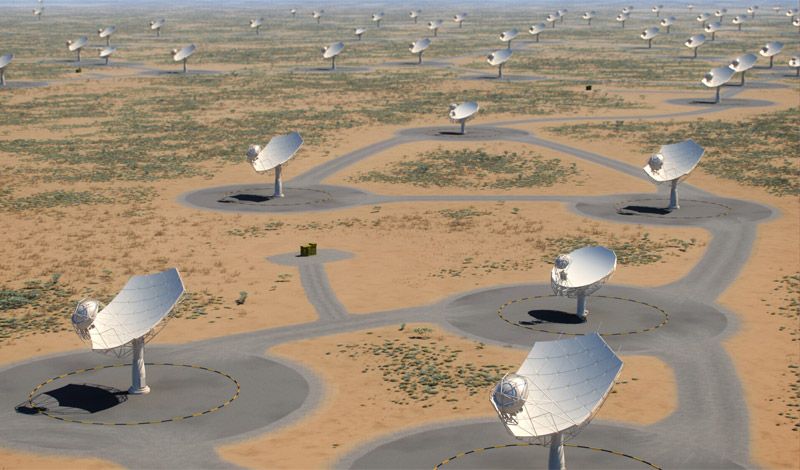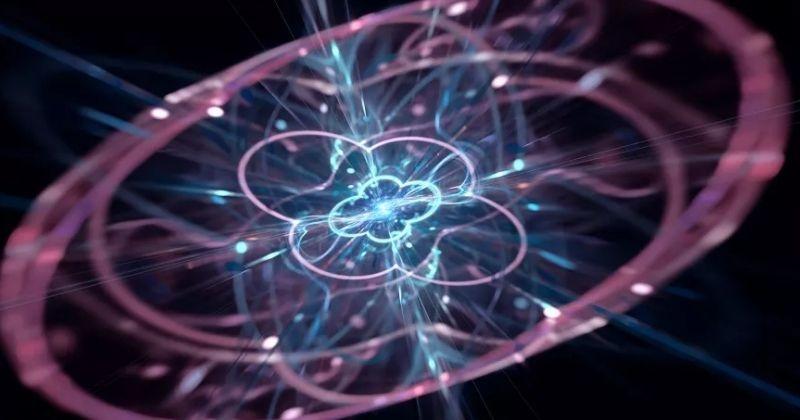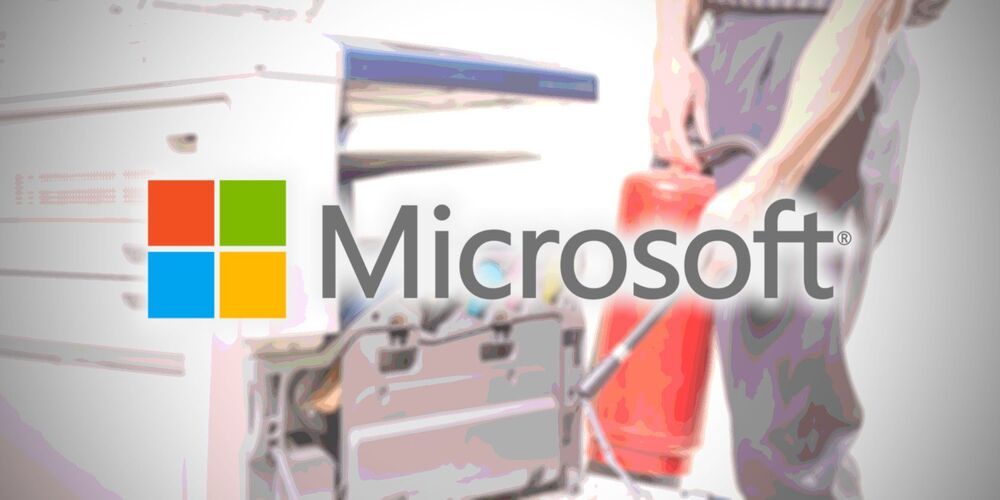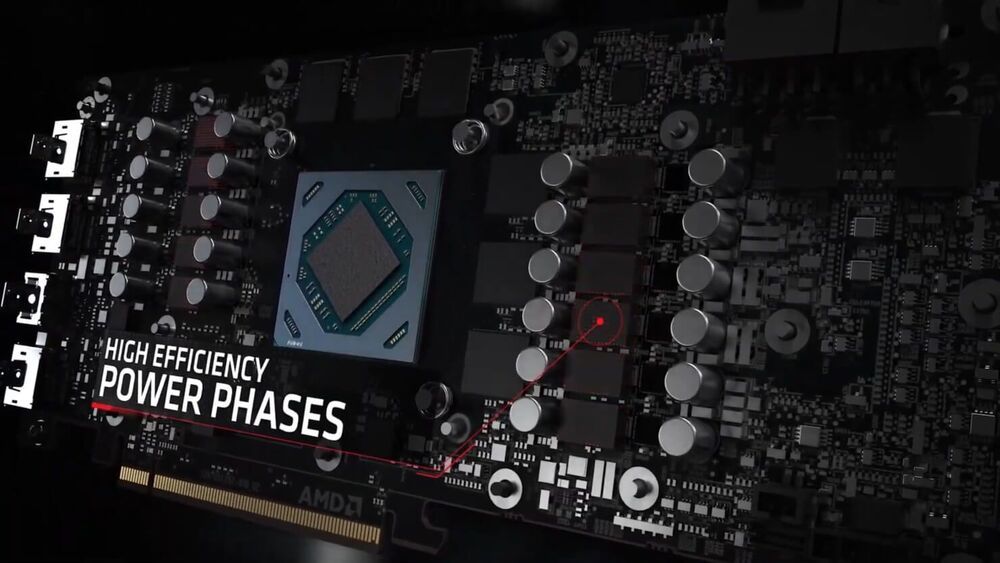Jul 4, 2021
Solar device generates electricity and desalinates water with no waste brine
Posted by Genevieve Klien in categories: chemistry, climatology, solar power, sustainability
Physics World
A device that can generate electricity while desalinating seawater has been developed by researchers in Saudi Arabia and China, who claim that their new system is highly efficient at performing both tasks. The device uses waste heat from the solar cell for desalination, thereby cooling the solar cell. It also produces no concentrated brine as waste, cutting its potential environmental impact.
In many parts of the world, climate change and population growth are putting huge demands on freshwater supplies. In some coastal regions, desalination – removing the salt from brackish water or seawater to turn it into fresh water – is increasingly being used to meet demand. Indeed, there are now around 16000 desalination plants around the world producing about 95 million cubic metres of freshwater every day.
Continue reading “Solar device generates electricity and desalinates water with no waste brine” »

















